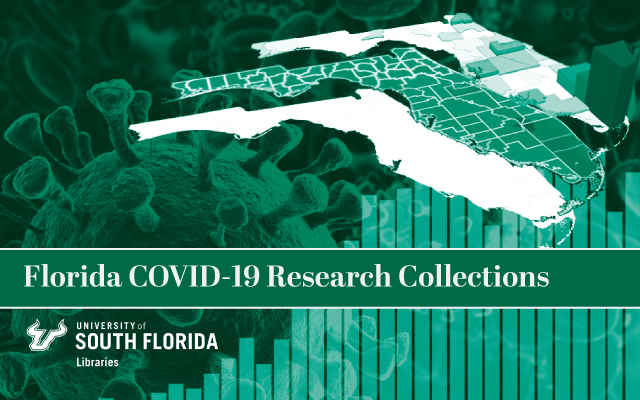
All publications
SARS-CoV-2 Infection Reaches the Human Nervous System: How?
Document Type
Article
Publication Date
2020
Keywords
COVID-19, SARS-CoV-2, neurotropic virus, Blood-nervous system barrier, bloodcerebrospinal-fluid-barrier, blood-brain-barrier, blood-nerve barrier, olfactory route, Lymphatic brain drainage route, Peripheral nerve or neuronal retrograde route, Macrophage/monocytes cargo route, Double membrane vesicles cargo route, nicotinic acetylcholine receptor
DOI
https://doi.org/10.20944/preprints202008.0696.v1
Abstract
Without protective and/or therapeutic agents the SARS-CoV-2 infection known as coronavirus disease 2019 (COVID-19) is quickly spreading worldwide. It has surprising transmissibility potential, since it could infect all ages, gender, and human sectors. It attacks respiratory, gastrointestinal, urinary, hepatic, and endovascular systems and can reach the peripheral nervous system (PNS) and central nervous system (CNS) through known and unknown mechanisms. The reports on the neurological manifestations and complications of the SARS-CoV-2 infection are increasing exponentially. Herein, we enumerate seven candidate routes, which the mature or immature SARS-CoV-2 components could use to reach the CNS and PNS, utilizing the within-body crosstalk between organs. The majority of SARS-CoV-2 infected patients suffer from some neurological manifestations (e.g., confusion, anosmia, and ageusia). It seems that although the mature virus did not reach the CNS or PNS of the majority of patients, its unassembled components and/or the accompanying immune-mediated responses may be responsible for the observed neurological symptoms. The viral particles and/or its components have been specifically documented in endothelial cells of lung, kidney, skin, and CNS. This means that the blood-endothelial-barrier may be considered as the main route for SARS-CoV-2 entry into the nervous system, with the barrier disruption being more logical than barrier permeability, as evidenced by postmortem analyses.
Citation / Publisher Attribution
Preprints, 2020, art. 2020080696
Scholar Commons Citation
Uversky, Vladimir N.; Elrashdy, Fatma; Aljadawi, Abdullah; Ali, Syed Moasfar; Khan, Rizwan Hasan; and Redwan, Elrashdy M., "SARS-CoV-2 Infection Reaches the Human Nervous System: How?" (2020). All publications. 93.
https://digitalcommons.usf.edu/usf_fcrc_all/93

